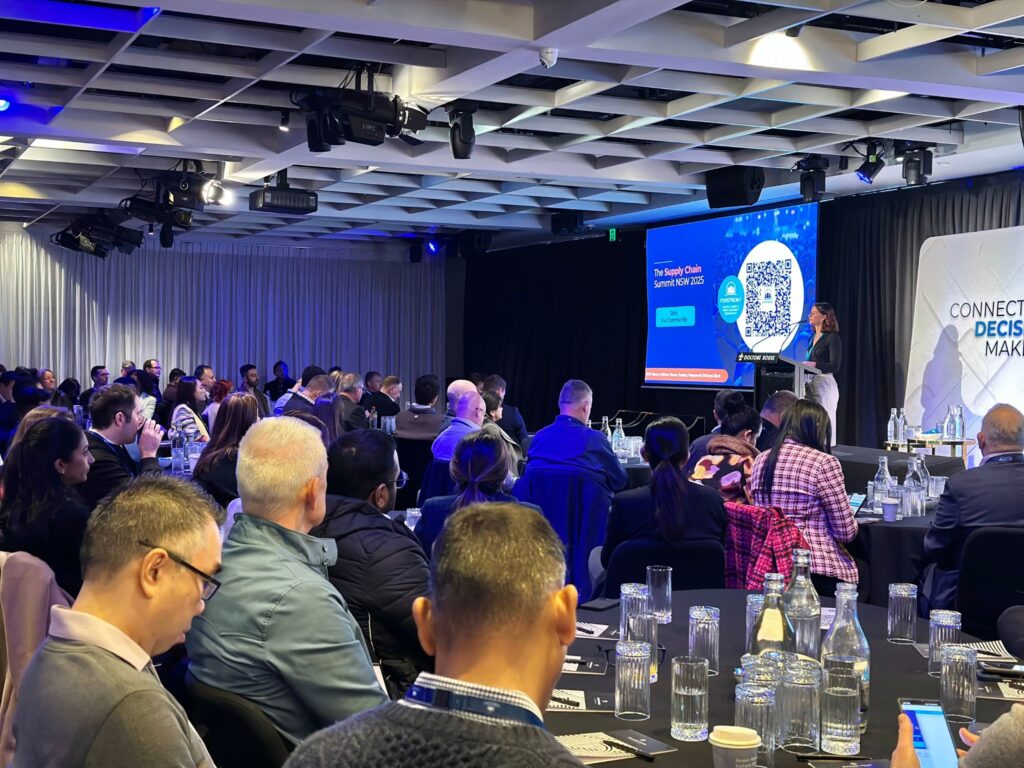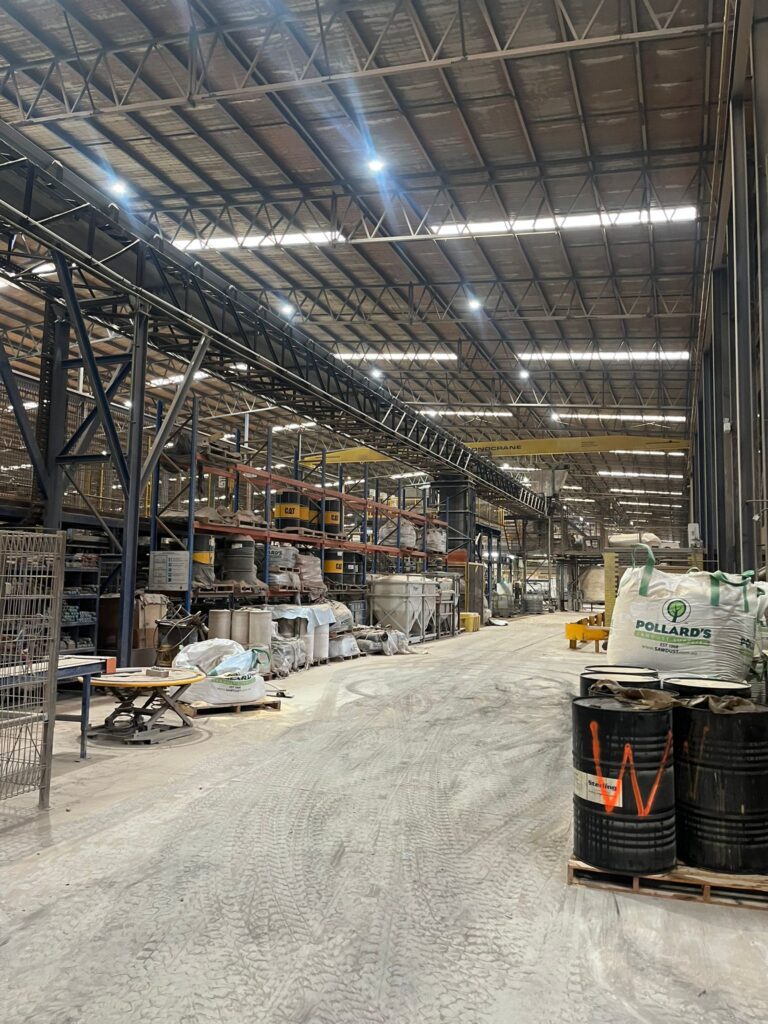With the retail market likely to soften in 2023, businesses should look for ways to improve their operation and reinvest this value into customer proposition.
2022 continued to be unpredictable for retailers across traditional Bricks and Mortar and e-commerce; although with the challenges of COVID slowly getting smaller in the rear-view mirror, we were hit head on by Geo-political unrest in eastern Europe, continued disruption of international shipping and macro-economic factors which would continue to put pressure on supplier cost, retailer margins and customer wallets.
Through 2020 and 2021, Australian households had approximately 44% more savings compared to today, based on reduced social activities due to lockdowns and surplus payments through Job Keeper. This created the perfect opportunity for customers to put available cash towards discretionary spending, in particular appliances, furniture, and premium grocery. This spending resulted in inflated demand and sales across key categories versus traditional baselines, especially through e-commerce and omnichannel.
To respond to increased demand and uncertainty of supply chain, many retailers made decisions to buy up on inventory “just in case”. As many businesses began to breach traditional network capacities, warehousing space became a premium and demand for labour and other resources increased. Working capital tied up in inventory, coupled with inflated prices of contract storage, some almost 100% more than pre COVID prices, was the perfect recipe for one hell of a post pandemic hangover, and last drinks were about to be called.
As normal retail trading returned, customers have shifted from e-commerce back to traditional bricks and mortar shopping, although with an expectation of choice and service. This has pushed retailers to develop and maintain a strong omnichannel offer, despite slowing growth. With over 70% of customers using online sites as the first step in purchasing choices, it is now more important than ever, to leverage these platforms and utilise lower fulfilment options through drop-shipping or centralising online and store picking operations.
Looking forward into 2023, the retail market is likely to soften. As inflation increases to over 7% and interest rates continue to rise through to July next year, customers will be savvy on how they will spend their disposable income, mainly looking for value for money. Private label brands are likely to play a pivotal role in the battle for grocery retailers, especially across the holiday periods. Traditional online events such as Black Friday, Cyber Monday and New Year sales will test e-commerce channels and end of financial year sales will drive purchasing of appliances and homewares.
Sustainability and “good for me” trends are likely to continue, although customers are likely to be faced with an internal battle – conscience or cash? While customers want to buy products that leverage carbon neutral, zero waste supply chains, the reality is that it will be up to the retailer to make these accessible to all without significant cost. The first to do so, will set themselves up for long term success.
This leads us to the predicament for retailers; how do you do more with less? How can you be price competitive and cost savvy? The answer: optimisation and value creation across the supply chain. Unlock benefits through understanding your end-to-end supply chain and leverage the largest operational cost into your biggest competitive advantage.
- Diversify sourcing away from countries with potential Geopolitical risks – look at countries who are investing into multi-industry capability i.e., Vietnam, Indonesia, and The Philippines – all markets supported by government investment to build strong manufacturing sectors to rival China.
- Leveraging upstream consolidation and offshore warehousing – build mixed container loads of product to land more frequently, rather than store large volumes in domestic warehousing. While offshore warehousing is not as cost effective as it once was, it does provide greater value for money. Using upstream consolidation services to drive an efficient flow of product through local distribution channels will not only reduce infrastructure footprint requirements, but also improve costs replenishment in stores.
- Utilising International networks to develop seasonal clearance channels – Australia is a logistical dead end. At the end of the season, stock is usually required to be heavily discounted to be cleared – sacrificing margin. Combining upstream consolidation with effective inbound management, retailers can ensure that stock lands in line with sales forecasts and any over commitments are held closer to other markets – easier to clear with established distribution channels
- Optimising domestic warehouse and transport networks– simplify and streamline flow to customers with new approaches to deploying inventory, optimise current warehouse footprint to sweat assets and develop efficient linehaul and last mile transport models – either through full truck loads or co-shared freight models
The adage of “to stand still, is to be left behind” has never been more relevant in retail than today. While the points above are built out to provide a view of market trends and industry outlook for retail in 2023, the message is simple; look for ways to improve your operation and reinvest this value into customer proposition. At the end of the day, without customers, retailers don’t exist.
Here at Argon & Co we work with 10 of the 25 largest retailers in Europe and some of the leading retailers in the US, in all areas of the value chain. We help our clients to define their end-to-end operations strategy and to implement transformations.
Reach out today if you’d like to discuss your end-to-end retail operations strategy.







